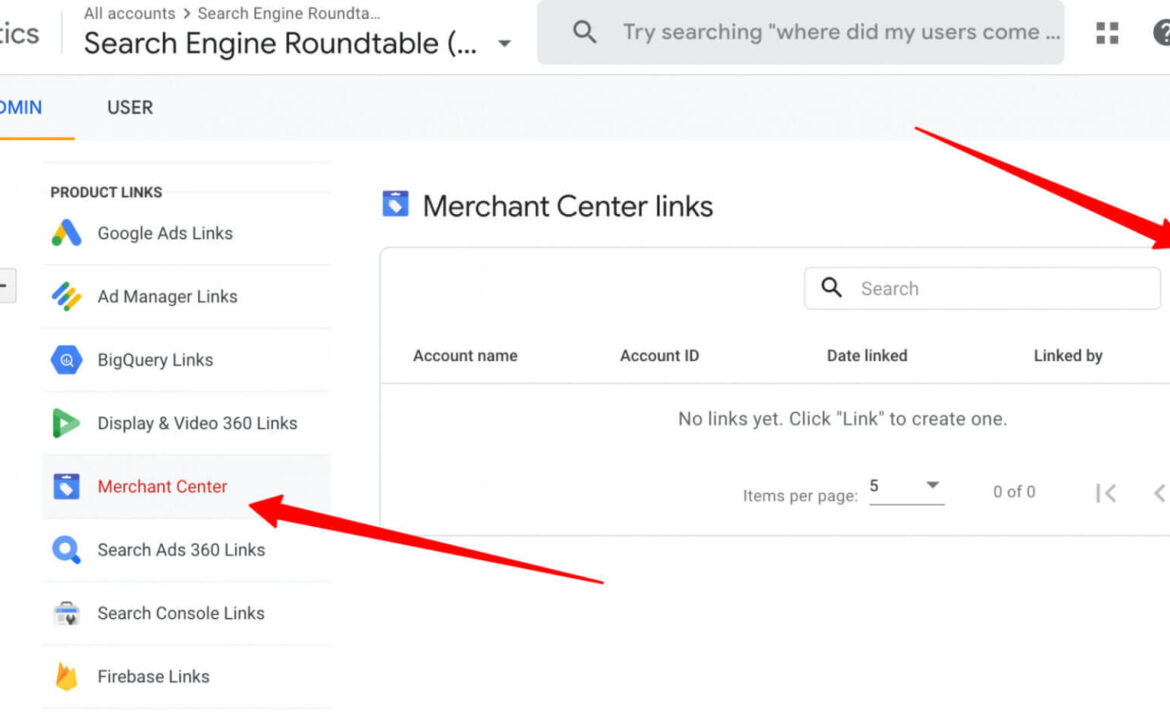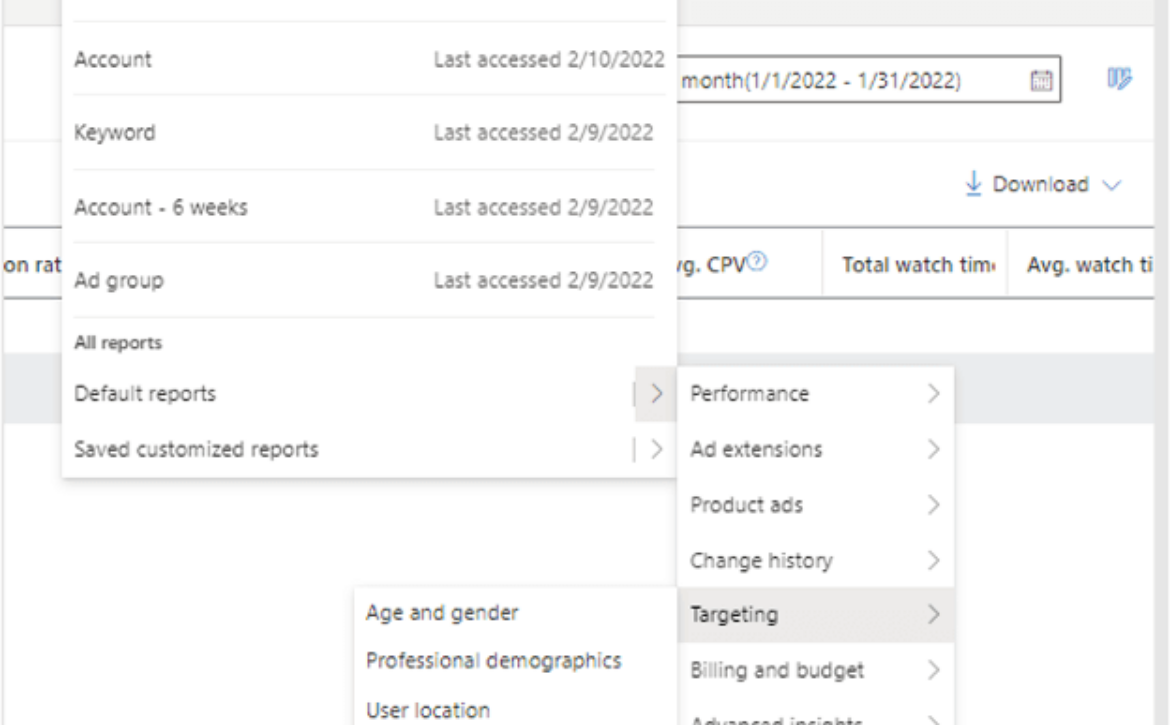Google has begun the rollout of the third version of the products reviews update, a search ranking algorithm update targeted at ranking product review related content on the web that is most helpful and useful to searchers. The first product reviews update was launched on April 8, 2021, the second was launched on December 1, 2021 and now the third has been released on March 23, 2022. The new is named the March 2022 product reviews update.
Google product reviews update. The Google product reviews update aims to promote review content that is above and beyond much of the templated information you see on the web. Google said it will promote these types of product reviews in its search results rankings.
Google is not directly punishing lower quality product reviews that have “thin content that simply summarizes a bunch of products.” However, if you provide such content and find your rankings demoted because other content is promoted above yours, it will definitely feel like a penalty. Technically, according to Google, this is not a penalty against your content, Google is just rewarding sites with more insightful review content with rankings above yours.
Technically, this update should only impact product review content and not other types of content.
What has changed. With the third release of the product reviews update, Google said this update “builds on” the work of the first two product review updates to enhance Google’s “ability to identify high quality product reviews.” “This will make it easier for us to get sound purchasing advice in front of users, and to reward creators who are earnest in being helpful,” Alan Kent of Google added.
Google listed the following criteria for what matters with the product reviews update:
- Include helpful in-depth details, like the benefits or drawbacks of a certain item, specifics on how a product performs or how the product differs from previous versions
- Come from people who have actually used the products, and show what the product is physically like or how it’s used
- Include unique information beyond what the manufacturer provides — like visuals, audio or links to other content detailing the reviewer’s experience
- Cover comparable products, or explain what sets a product apart from its competitors
The rollout. This rollout will happen over the “next few weeks,” Google said. These, and core updates, normally take a few weeks to rollout, so that should be no surprise. You should expect the bulk of the ranking volatility to happen in the earlier stages of this rollout.
What is impacted. Google said this update may impact those who “create product reviews in any language.” Google said the initial rollout will be “English-language product reviews” but they have seen “positive effects” from this update in the past and the search company “plans to open up product review support for more languages” in the future.
Initially, Google said this update is looking at “English-language product reviews across many sites.”
Please note that these updates can be very big, almost as big as core updates.
Previous advice on the product reviews update. The “focus overall is on providing users with content that provides insightful analysis and original research, content written by experts or enthusiasts who know the topic well,” Google said about this update. That is similar advice to the core update recommendations mentioned above, but here is a list of “additional useful questions to consider in terms of product reviews.” Google recommends your product reviews cover these areas and answer these questions. Do your product reviews…
- Express expert knowledge about products where appropriate?
- Show what the product is like physically, or how it is used, with unique content beyond what’s provided by the manufacturer?
- Provide quantitative measurements about how a product measures up in various categories of performance?
- Explain what sets a product apart from its competitors?
- Cover comparable products to consider, or explain which products might be best for certain uses or circumstances?
- Discuss the benefits and drawbacks of a particular product, based on research into it?
- Describe how a product has evolved from previous models or releases to provide improvements, address issues, or otherwise help users in making a purchase decision?
- Identify key decision-making factors for the product’s category and how the product performs in those areas? For example, a car review might determine that fuel economy, safety, and handling are key decision-making factors and rate performance in those areas.
- Describe key choices in how a product has been designed and their effect on the users beyond what the manufacturer says?
- Provide evidence such as visuals, audio, or other links of your own experience with the product, to support your expertise and reinforce the authenticity of your review.
- Include links to multiple sellers to give the reader the option to purchase from their merchant of choice.
Google also linked to its blog post from earlier this year named providing better product information for shoppers.
New advice. Google added three new points of new advice for this third-release of the products reviews update:
- Are product review updates relevant to ranked lists and comparison reviews? Yes. Product review updates apply to all forms of review content. The best practices we’ve shared also apply. However, due to the shorter nature of ranked lists, you may want to demonstrate expertise and reinforce authenticity in a more concise way. Citing pertinent results and including original images from tests you performed with the product can be good ways to do this.
- Are there any recommendations for reviews recommending “best” products? If you recommend a product as the best overall or the best for a certain purpose, be sure to share with the reader why you consider that product the best. What sets the product apart from others in the market? Why is the product particularly suited for its recommended purpose? Be sure to include supporting first-hand evidence.
- If I create a review that covers multiple products, should I still create reviews for the products individually? It can be effective to write a high quality ranked list of related products in combination with in-depth single-product reviews for each recommended product. If you write both, make sure there is enough useful content in the ranked list for it to stand on its own.
Not a core update. Google also previous said that product reviews updates are not the same as core updates. This is a standalone update they’re calling the product reviews update. This is separate from Google’s regular core updates, the company told us. Nonetheless, Google did add that the advice it originally provided for core updates, “about producing quality content for those is also relevant here.” In addition to that advice, Google provided additional guidance specific to this update.
Why we care. If your website offers product review content, you will want to check your rankings to see if you were impacted. Did your Google organic traffic improve, decline or stay the same?
Long term, you are going to want to ensure that going forward, that you put a lot more detail and effort into your product review content so that it is unique and stands out from the competition on the web.
Also, those impacted by previous core updates, that put in the work, may be rewarded by this March 2022 product reviews update.
The post Google releases March 2022 product reviews update with additional ranking criteria appeared first on Search Engine Land.








